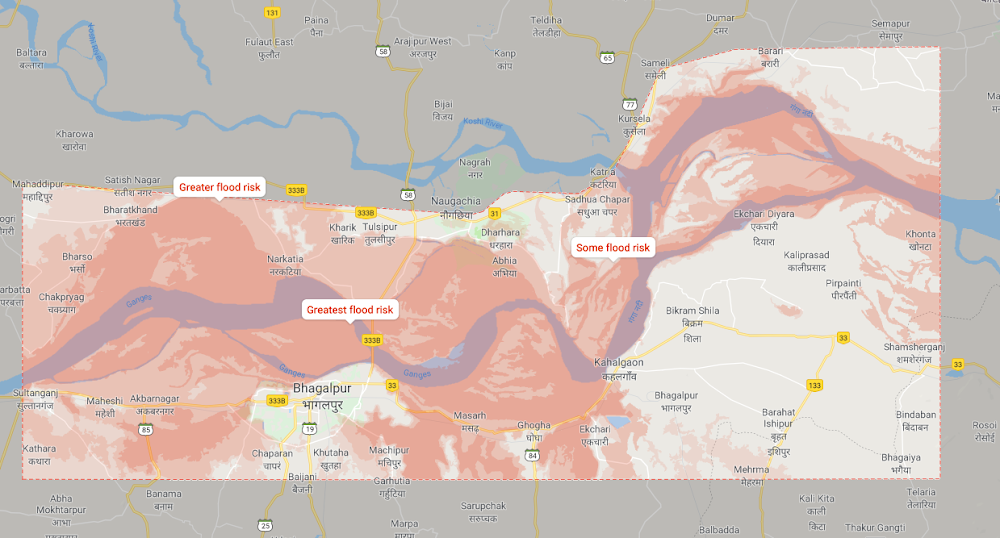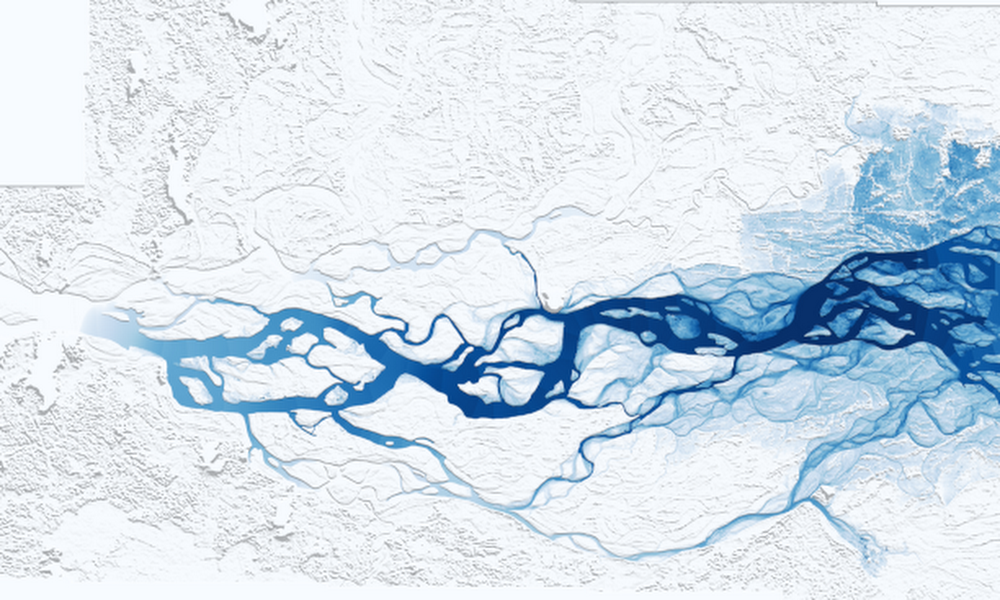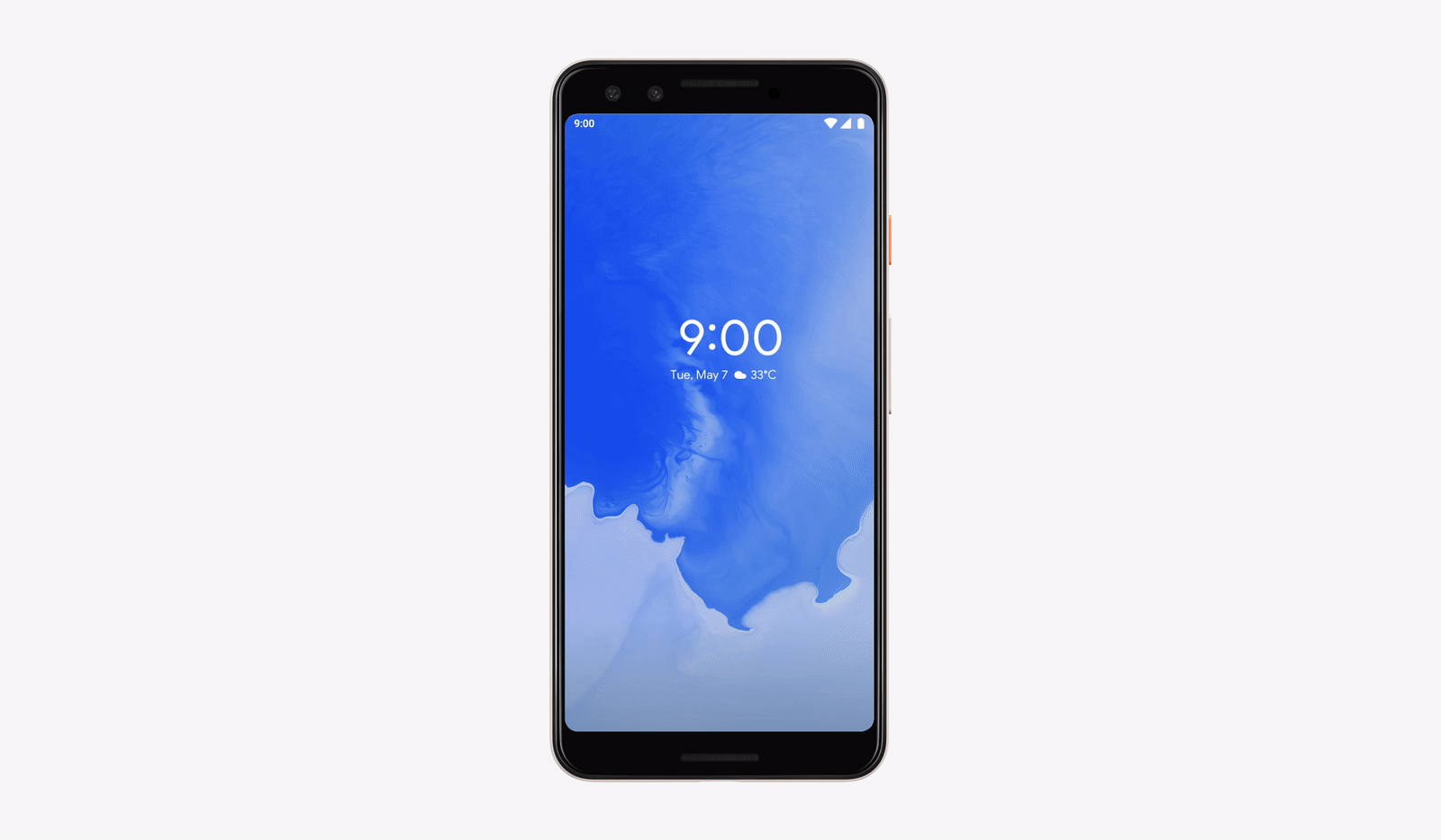By Yossi Matias
Around the world, floods cause between 6,000 and 18,000 fatalities every year—20 percent of those are in India—and between $21 and $33 billion in economic damages. Reliable early warning systems have been shown to prevent a significant fraction of fatalities and economic damage, but many people don’t have access to those types of warning systems.
Last year we began our flood forecasting pilot initiative in the Patna region of India, with the goal of providing accurate real-time flood forecasting information and alerts to those in affected regions. This is made possible through AI and physics-based modeling, which incorporate data from historical flooding events, river levels, terrain and elevation data. We generate high-resolution elevation maps and run up to hundreds of thousands of simulations in each location. With information obtained through our collaboration with Indian Central Water Commission, we create river flood forecasting models that can more accurately predict not only when and where a flood might occur, but the severity of the event as well. Here’s a bit more on the progress we’ve made over the past year.

Expanding our coverage area and tracking accuracy
Our coverage area is now twelve times greater than it was last year—covering 11,600 sq. kilometers in India along the Ganga and Brahmaputra rivers, two of the most flood affected rivers in the world. We’ve also sent over 800,000 alerts to individuals in affected areas.

Coverage area of our current operational flood forecasting systems.
The alerts we send out include three tiers of risk (covering approximately equal areas): Some flood risk, greater flood risk, and greatest flood risk.

Accuracy and reliability are paramount to the success of the initiative, and the safety of those in affected areas. Incorrect forecasts do more harm than good, and vague or overly-general warnings are consistently ignored by affected populations. We track the accuracy of our alerts across two main metrics:
Some-risk recall
This tells us what percentage of the actual flood was covered by our “some risk” warning. If this metric is low, that means people who should be warned are not getting warned. During this monsoon season, our some-risk recall metric was well over 95 percent, which means the vast majority of affected areas were correctly forecasted to be flooded.
Greatest-risk precision
This tells us what percentage of our greatest-risk forecast ended up being flooded. If this metric is low, that means we’ve told a lot of people we’re confident they’re at risk while they weren’t, and we may lose people’s trust. During this monsoon season, our high-risk precision was around 80 percent, which means that people who received a high-risk warning were indeed very likely to be affected.
To enable even faster progress in the future, we've increased the efficiency of our simulation models, automating manual tasks, and experimenting with new forecast methodologies. Read more about how we do this on the Google AI blog.

A snapshot of a TPU-based simulation of flooding in Goalpara, mid-event.
Distributing alerts
Accurate and reliable flood forecasting can help keep people safe, if they’re getting the early warning. Over the past year, we’ve significantly improved our notification infrastructure. We’ve expanded the products we use to inform affected individuals, by adding better crisis information on Google Maps. Whether they find out about the flooding event through Search, Maps, or an alert push notification, people can quickly access an interactive map where they can see their location relative to where the flood is predicted to be.

Flood-related information
Key partnerships in local communities
Many people don’t have access to the internet, especially during a crisis, so we’ve partnered with the Indian nonprofit SEEDS to provide information to individuals on the ground. We provide SEEDS with our real-time forecasting information, and they directly interact with the community and local panchayats (village councils). This year we’ve piloted this system in Patna, sending alerts to local leaders across hundreds of villages in the district, and we’re actively collecting feedback about how well the system worked.
Of course, our most important partner is the government itself, which not only provides us with critical real-time data, but is also best-placed to provide relief efforts in times of crises. In the past year, we’ve developed a partner notification infrastructure to provide our forecasts for the Central Water Commission and other organizational partners, and are continuously working with them to improve this system to be more useful for disaster management efforts.
Flood management is an enormous challenge, and reducing the immense harms of floods globally will require a collaboration between governments, international organizations, the academic community, and operational experts. By continuing this work, we hope to help develop tools to make forecasts and response systems more accurate and accessible to everyone.